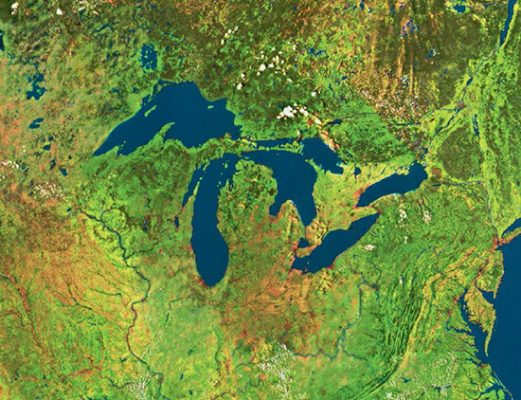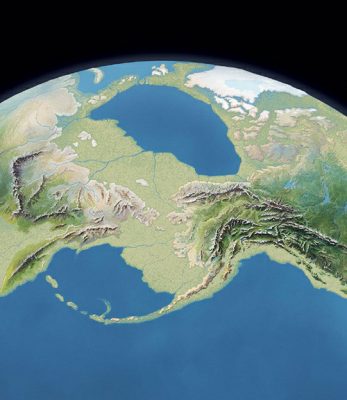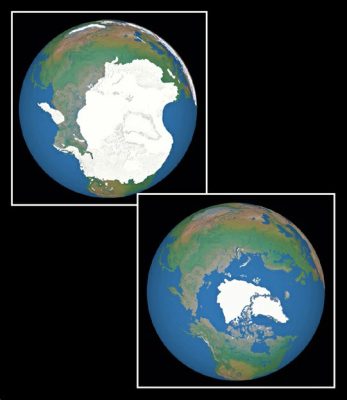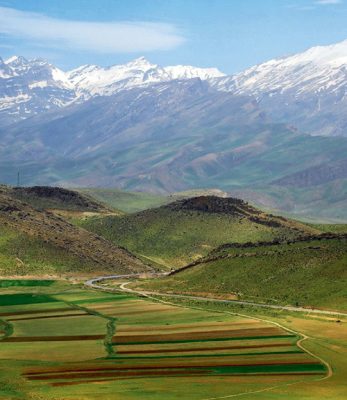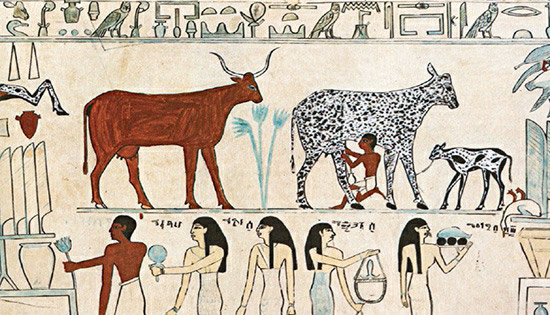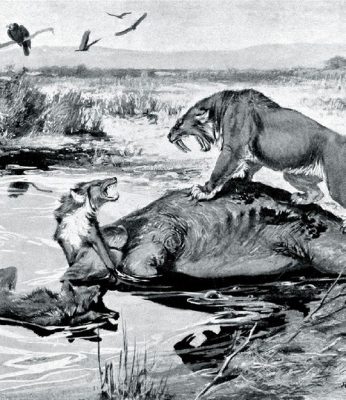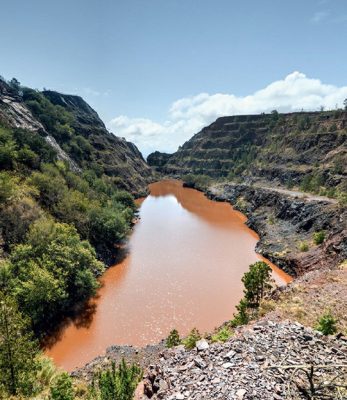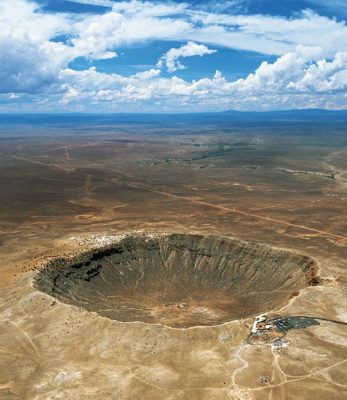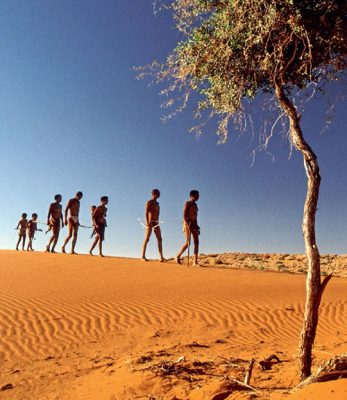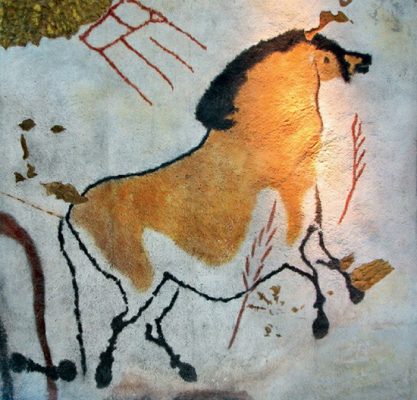c. 8000 BCE: The Majestic Great Lakes of North America
The Great Lakes, consisting of Lakes Huron, Ontario, Michigan, Erie, and Superior, form the world's largest group of freshwater lakes by surface area and the second-largest by volume. Formed from ancient rifts and glacial activity, [...]
c. 9000 BCE: Uncovering Beringia – The Land Bridge Between Continents
During the last glacial period, the Beringia land bridge emerged, connecting Eurasia and North America. This bridge enabled early human migrations from Eurasia to the Americas, fundamentally altering human history
c. 10,000 BCE: Understanding the Quaternary Glaciation – The Current Ice Age
The Quaternary glaciation, the current ice age, began around 2.6 million years ago. Our present interglacial period, the Holocene epoch, started about 12,000 years ago. Influenced by Milankovic cycles and other factors, this period has [...]
c. 10,000 BCE: The Dawn of Agriculture – A Turning Point in Human History
The invention of agriculture around 12,000 years ago marked a major shift in human civilization, enabling settled lifestyles and leading to the emergence of the first cities and complex societies
c. 30,000 BCE: The Journey of Animal Domestication
Animal domestication, a key development in human history, transformed wild species into crucial contributors to human survival and society, from the first domesticated dogs over 30,000 years ago to modern livestock
c. 38,000 BCE: The Geological Wonder of La Brea Tar Pits
The La Brea Tar Pits in Los Angeles, renowned for preserving ancient animal remains, offer a unique glimpse into the natural seepage of tar formed from deep-seated petroleum deposits
c. 40,000 BCE: The Origins of Mining – Discovering the Ngwenya Mine
The Ngwenya Mine in Swaziland is the world's oldest known mine, dating back over 40,000 years. Early miners delved deep into the earth for specular hematite, a mineral used for ceremonial glitter, marking the dawn [...]
c. 50,000 BCE: Arizona’s Meteor Crater – A Window into Earth’s Impact History
Meteor Crater near Flagstaff, Arizona, is a pristine geological site formed 50,000 years ago by an asteroid impact, offering insights into Earth's history with extraterrestrial collisions
c. 70,000 BCE: The San People – Preserving Ancient Traditions
The San people, indigenous nomadic hunter-gatherers of Southern Africa, have preserved traditions dating back over 70,000 years, offering valuable insights into early human societies
c. 200,000 BCE: The Dawn of Homo Sapiens and Their Impact on Earth
Homo sapiens, appearing around 200,000 years ago, coexisted with Neanderthals and have left a profound impact on Earth through advancements in agriculture, art, and technology, leading to significant environmental changes

